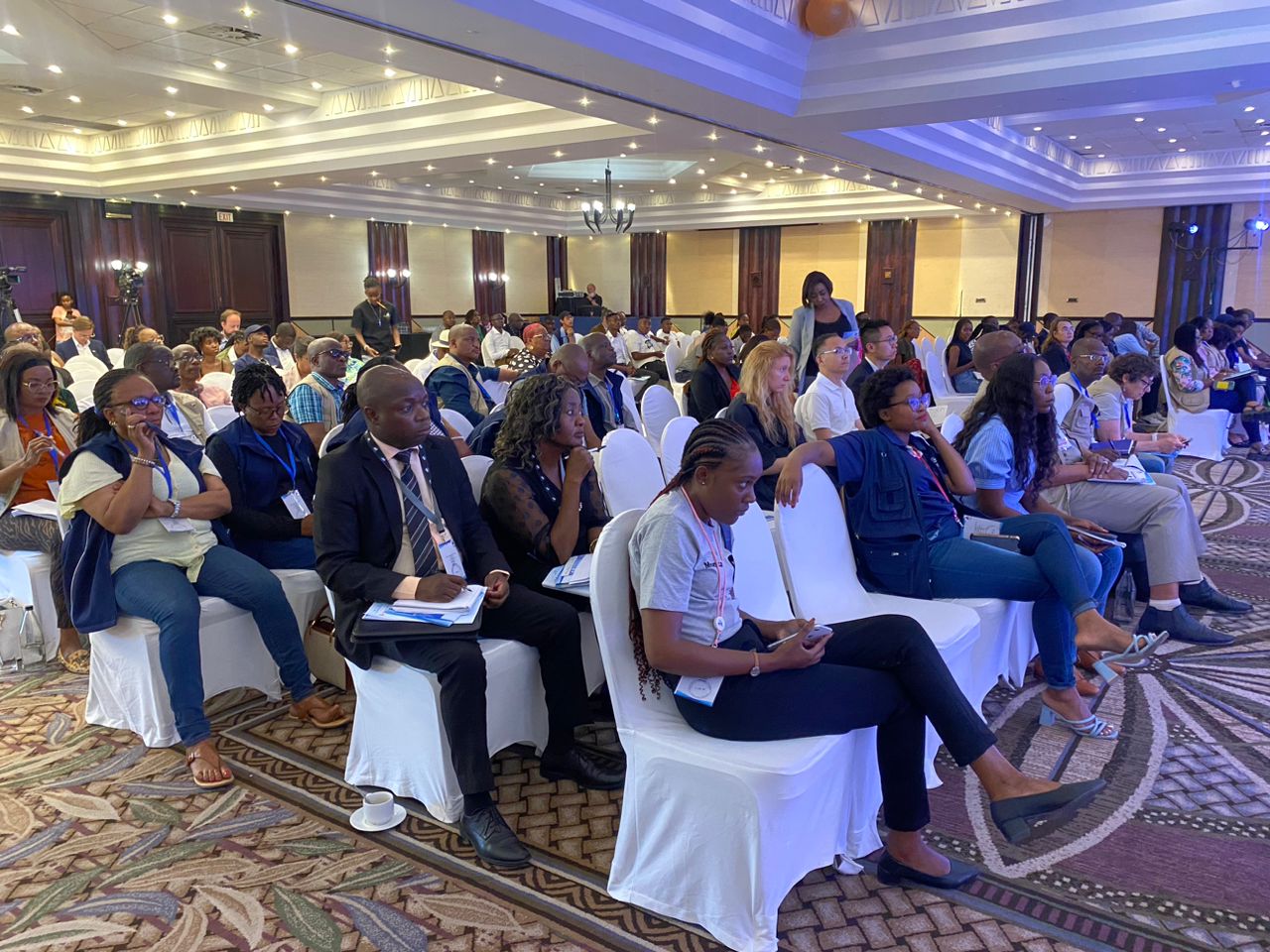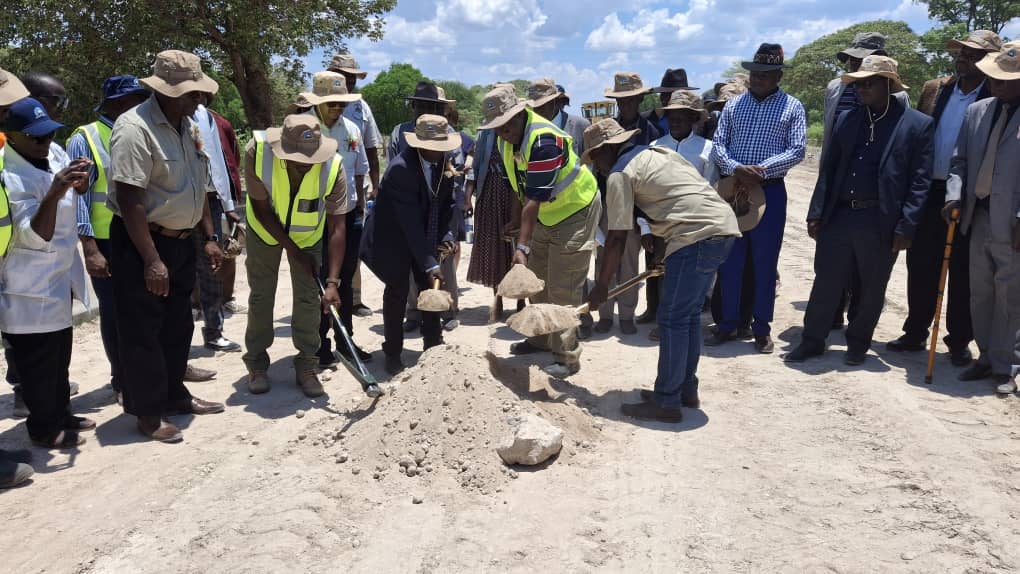Imagine having fast, reliable internet anywhere in Namibia – even in the most remote mountains, deserts or deep into rural areas.
That’s what Starlink, a satellite internet service, developed by SpaceX, promises to do.
It’s a game-changer for how people can connect to the web, especially in areas not reached by traditional internet services.
But what exactly is Starlink? How does it work? And is it really a threat to local internet providers? Let’s break it down in a simple way.
WHAT IS IT?
Starlink is a project created by SpaceX (the same company building rockets and planning missions to Mars).
It involves launching thousands of small satellites into space to form a ‘constellation’ around Earth.
These satellites work together to beam high-speed internet down to users on the ground, almost anywhere on the planet.
While traditional internet services rely on cables, towers, or even large satellites far out in space, Starlink uses low-Earth orbit satellites (much closer to Earth), making it faster and more responsive.
HOW DOES IT WORK?
- • The Satellites: Starlink has thousands of small satellites orbiting the Earth at a low altitude (about 547km above the surface).
These satellites constantly move and talk to one another, forming a ‘mesh’ of coverage.
• The Ground Station: To use Starlink, you need a special satellite dish (often called a ‘user terminal’ or simply a Starlink dish) that you place outside your home.
This dish connects to the Starlink satellites in the sky and sends the internet signal to your home. The system also comes with a router to create Wi-Fi in your house.
- • The Internet Connection: Once your dish connects to the satellites, you get internet service – it’s the same as how your phone connects to a cell tower, but from space.
This allows Starlink to provide internet to places that traditional services can’t, like rural areas and remote areas such as the vast Namib Desert.
WHY IS IT IMPORTANT?
- • Bridging the Digital Divide: One of the biggest advantages of Starlink is that it provides internet in areas where it’s usually impossible or too expensive to run cables.
This helps people in remote or rural areas connect to the internet, opening up opportunities for education, work and healthcare.
- • Fast and Reliable: Because Starlink uses low-Earth orbit satellites, the internet speed and responsiveness are much better than older satellite services. Users report speeds that are comparable to, or even better than, some traditional cable services.
- • Resilience in Emergencies: Starlink has proven to be helpful during natural disasters.
For example, after earthquakes or floods, when phone lines and internet cables are damaged, Starlink can provide a quick solution to restore communications.
DOES IT HARM LOCAL PROVIDERS?
There’s a common concern that Starlink could disrupt or harm local internet providers. However, this isn’t necessarily true. Here’s why:
- • Different Market, Different Needs: Starlink primarily targets places where traditional internet services are either poor or nonexistent.
It’s designed to fill gaps, not replace well-established local services.
If you live in a city or well-connected suburb, chances are that your local provider’s fibre-optic or cable internet will still be the faster and cheaper option for most people.
- • Coexisting, Not Competing: Instead of harming local internet providers, Starlink can work alongside them.
For example, someone in a rural area might use Starlink because they don’t have access to local services, while someone in the city would likely stick with their local provider because it’s more affordable or better suited for their needs.
Starlink is about expanding options, not eliminating them.
- • Encouraging Competition: In places where internet service has been slow or unreliable, the presence of Starlink might push local providers to improve their offerings.
Healthy competition often leads to better prices, faster speeds and improved services for consumers.
KEY ADVANTAGES
- • Global Coverage: Starlink aims to provide internet access in places where traditional methods can’t, including rural, remote and underserved areas.
- • Fast Set-up: All you need is the Starlink kit (a dish and router), and you’re good to go. You don’t have to wait for cables to be installed.
- • Lower Latency: Because the satellites are much closer to Earth than older satellite internet options, the delay (or latency) between sending and receiving data is lower, meaning smoother video calls, streaming and gaming.
- • Future-Proof: Starlink continues to grow, with more satellites being launched regularly. As the network expands, the service is expected to become faster and more reliable.
RANDOM FACTS
- • Over 4 000 Satellites: As of 2024, Starlink has launched more than 4 000 satellites, and plans to eventually launch tens of thousands more.
- • Helping in Ukraine: During the conflict in Ukraine, Starlink was used to keep communications up and running in areas where other internet services had been disrupted.
- • User Growth: Starlink is already being used by more than 1.5 million people worldwide and continues to expand.
Starlink is a revolutionary project that can bring internet access to the most hard-to-reach places on Earth.
It’s not here to disrupt or hurt local telecommunications providers, but to complement existing services and offer an option where none exists.
By providing global, reliable and fast internet access, Starlink can help close the digital divide and connect people across the planet.
It’s not about competing with the local internet – it’s about giving more people access to the web, wherever they are.
- • Job Angula is a technology enthusiast and proponent of digital transformation.
Stay informed with The Namibian – your source for credible journalism. Get in-depth reporting and opinions for
only N$85 a month. Invest in journalism, invest in democracy –
Subscribe Now!






